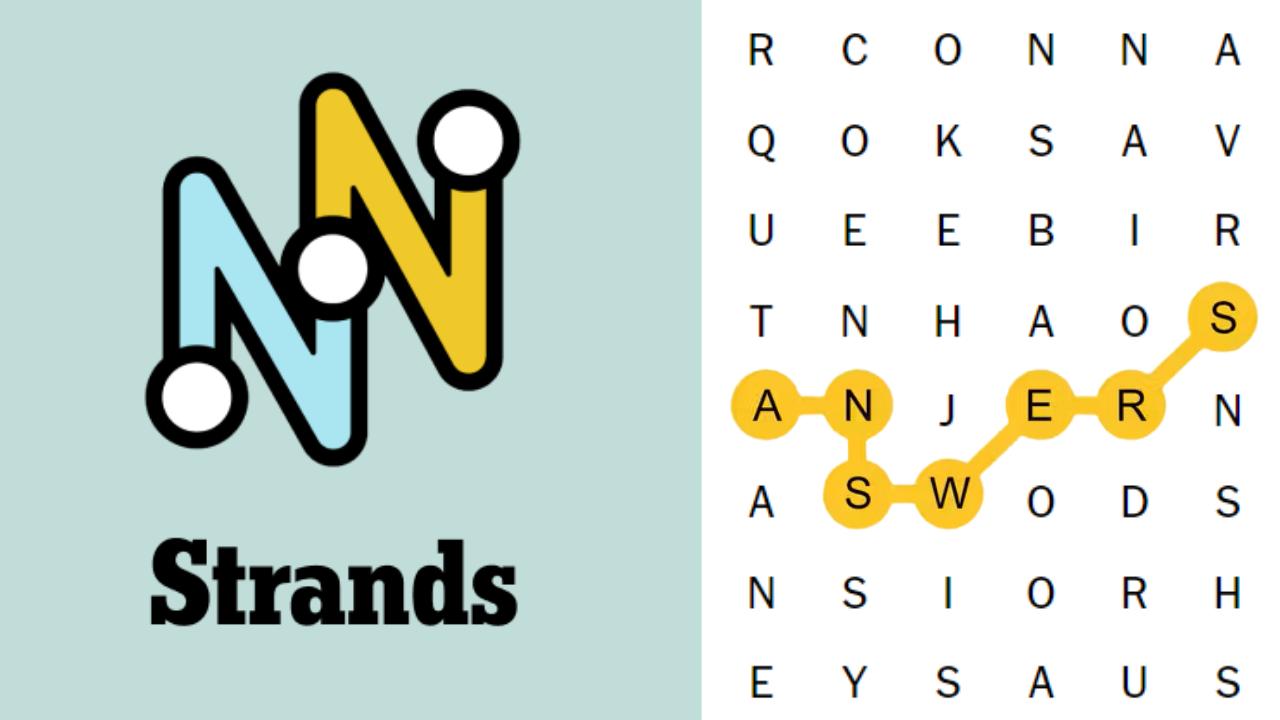Nestle has 14 accelerators worldwide that work closely with its Open Innovation program
With consumers growing more wary about spending, and tariffs creating new pressures on costs, consumer goods firms are facing a squeeze. They still want to grow, but how can that be done in such a challenging context? One route is to capitalize on new growth opportunities.
Oftentimes, though, their track record on these opportunities is mixed. Big consumer goods companies are often late to market compared to upstarts that spot trends and technologies fast. They create complex offerings at high price points. They force new concepts into existing brands, causing customer confusion and diluting the potential of the growth platforms.
There’s a way to do better. Here’s what the research says.
Size Matters: The Two-Pizza Rule
Jeff Bezos famously advocated for teams small enough to be fed with two pizzas. The principle is more than a metaphor; it signals the importance of tight coordination, high agility, and minimal bureaucracy. For market exploration, where speed and responsiveness are critical, a lean team of 6-10 individuals can rapidly pivot based on feedback and new insights. Sometimes these teams are even smaller, leaning on outsiders to provide depth in functions such as market assessment, tech development, and partnership creation.
The Cross-Functional Construct
These teams must be cross-functional by design, frequently incorporating talent from functions such as marketing, R&D, finance, and supply chain. This diversity ensures that the team can rapidly assess not only the desirability of an idea, but its feasibility and viability as well. Rather than being a silo of innovation, the team becomes a microcosm of the larger organization, empowered to act and iterate independently.
A Window to the Outside World
Perhaps most crucially, this team must be externally oriented. To spot weak signals of change and evaluate emergent technologies, the team should engage extensively with startups, academic institutions, accelerators, and even competitors. Consider how Unilever set up its Foundry program to collaborate with over 100 startups annually. The initiative has enabled it to tap into new technologies and consumer trends quickly, providing a vital edge in categories ranging from personal care to food.
Procter & Gamble’s Connect + Develop platform offers another instructive example. By systematically engaging with external innovators, P&G has aimed to source over half of its new product initiatives from outside the company.
Theoretical Backbone
This organizational shape finds robust backing in the work of Harvard Business School’s Clayton Christensen. His theory of disruptive innovation argues that incumbent organizations struggle to pursue nascent opportunities because their structures and incentives are geared toward sustaining existing businesses. In “The Innovator’s Solution,” Christensen emphasized the need for companies to create autonomous units that operate under different performance metrics and success criteria. A small, exploratory team is better positioned to embrace uncertainty and act on insights that don’t immediately scale.
MIT’s Hal Gregersen, co-author of “The Innovator’s DNA,” underscores the role of questioning, networking, and observational skills in driving innovation. Teams that are externally connected and internally diverse are more likely to generate breakthrough insights. Gregersen’s research supports the case for designing these teams as boundary-spanners—constantly probing beyond the organization’s four walls.
Overcoming the “Business Knows Best” Objection
Skeptics often argue that existing business units are best positioned to identify and assess new opportunities, as they have deep domain expertise and operational knowledge. But experience can be a double-edged sword. What incumbents see as insurmountable constraints, outsiders may view as solvable challenges.
Nestlé’s Open Innovation accelerator is an example. of how to thread the needle. This small, cross-functional group was intentionally located outside of Nestlé’s headquarters and staffed with a mix of internal veterans and external entrepreneurs. By operating outside of traditional lines of control, the team developed new offerings like premium chocolate experiences that later integrated back into Nestlé’s core.
Moreover, these exploratory teams aren’t intended to permanently own the ideas they uncover. Instead, they act as scouts and incubators. Once an initiative gains traction and market validation, it can be handed off to the core business units for scaling. The business units should have visibility to what the unit is working on, but their role in dictating priorities should be modest. Otherwise, it is very easy for the new unit to become the repository of concepts that the business unit might eventually be interested in, but which it doesn’t view as important enough to work on directly. That’s a recipe for failure.
Integration Without Dilution
To succeed, the small team must maintain both autonomy and access. That means leadership buy-in at the highest level, freedom to challenge norms, and a mandate that extends beyond incremental improvements. But it also requires mechanisms for reintegration — the ability to bring validated concepts back into the core business without stifling their potential. This balance is delicate but essential.
Consider how Mondelēz International created SnackFutures, a small venture hub charged with inventing and investing in the future of snacking. SnackFutures collaborates closely with external partners, including food scientists and entrepreneurs, and has launched entirely new brands like Dirt Kitchen. Importantly, when a venture matures, it is transitioned into the main business for scaling. This handoff model preserves both agility and impact.
Design for Discovery
Large companies often conflate size with capability, but when it comes to discovering new markets, smaller is often smarter. A cross-functional, outward-looking team — small enough to be fed with two pizzas — can serve as the company’s eyes and ears in the rapidly evolving consumer landscape. With the right structure and senior support, such teams can act boldly, partner widely, and uncover opportunities that the core business might overlook or dismiss.
Sometimes it makes the most sense not to develop brands in house, but to invest in external partners or acquire them. This can be a faster way to scale. Whichever route is taken, though, the shape of the exploratory organization should be roughly the same.
In the words of Clayton Christensen, “Disruptive innovations are generally the result of a deliberate strategy by someone.” Designing the right kind of team is the first step toward making that strategy succeed.








